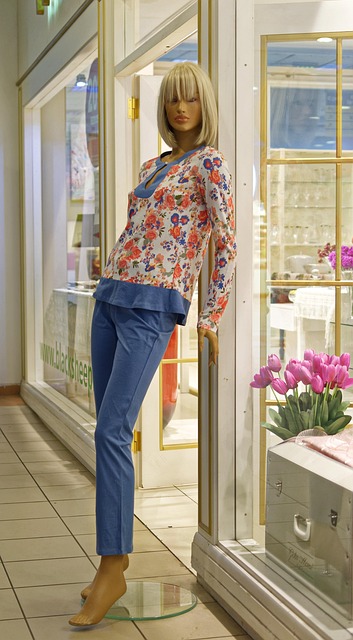Destratification fans are smart home game-changers, integrating with automation systems for uniform temp distribution & enhanced energy efficiency. These advanced fans eliminate cold spots, save energy in larger spaces, and offer remote control via smartphone or voice assistants. Popular protocols like Zigbee, Z-Wave, Wi-Fi, Bluetooth, and Insteon enable seamless communication. Beyond residential use, they improve indoor air quality and productivity in commercial spaces, reducing operational costs. Driven by demand for sustainable HVAC solutions, destratification fans promise to transform air mixing technology across diverse environments.
Smart destratification fans are transforming home environments, offering enhanced comfort and energy efficiency through advanced IoT integration. This article delves into the world of destratification fans, exploring their role in improving indoor air quality and providing targeted cooling. We examine the emergence of smart technology in these devices, highlighting the benefits of integrating them with home automation systems. By understanding common protocols and standards, we reveal how linking destratification fans to home automation enhances control and energy efficiency, shaping the future of smart homes.
- Understanding Destratification Fans: Their Role and Benefits in Home Environments
- Integrating Smart Technology: The Emergence of IoT-Enabled Destratification Fans
- Home Automation Systems: An Overview of Common Protocols and Standards
- Advantages of Linking Destratification Fans with Home Automation: Enhanced Control and Efficiency
- Future Prospects: Trends Shaping the Smart Home Market with Focus on Destratification Fan Integration
Understanding Destratification Fans: Their Role and Benefits in Home Environments
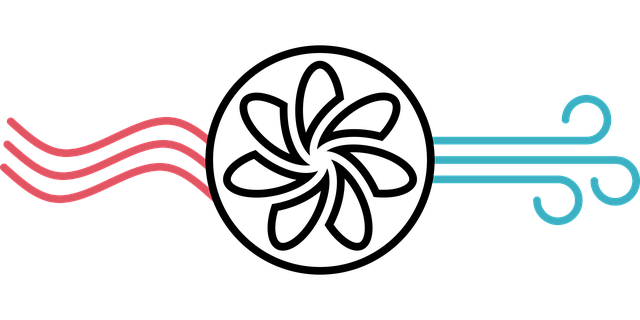
Destratification fans play a vital role in modern home environments by addressing thermal stratification—the natural tendency for warm air to rise and cool air to sink. This phenomenon often leads to uneven temperature distribution, making some areas of a room uncomfortable. By integrating with home automation systems, these smart destratification fans offer numerous benefits. They enhance overall comfort by efficiently redistributing warm air, ensuring every corner of the space is equally heated or cooled.
This technology is particularly beneficial in larger homes or commercial spaces where traditional HVAC systems might struggle to maintain optimal temperature control. Destratification fans utilize advanced air mixing technology, promoting better circulation and energy savings compared to conventional ceiling-mounted fans. Their ability to target specific areas contributes to improved HVAC efficiency, reducing the overall energy consumption while providing a more comfortable living or working environment.
Integrating Smart Technology: The Emergence of IoT-Enabled Destratification Fans
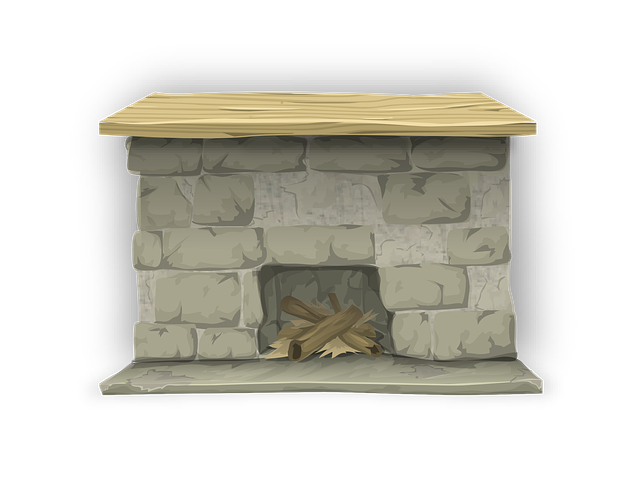
The integration of smart technology into home automation systems has given rise to a new era in indoor comfort—the emergence of IoT-enabled destratification fans. These cutting-edge devices combine advanced functionality with seamless connectivity, transforming traditional ceiling mounted fans into versatile tools for temperature control and air circulation. By leveraging the Internet of Things (IoT), these smart fans can now be controlled remotely via smartphones or voice assistants, allowing users to adjust settings from any location.
Moreover, destratification fans equipped with IoT capabilities offer significant advantages in terms of energy savings and HVAC efficiency. Through sophisticated air mixing technology, they redistribute warm air effectively, eliminating cold spots and enhancing overall comfort. This is particularly beneficial in both residential and commercial applications, where proper thermal stratification and optimal air circulation are crucial for energy conservation.
Home Automation Systems: An Overview of Common Protocols and Standards
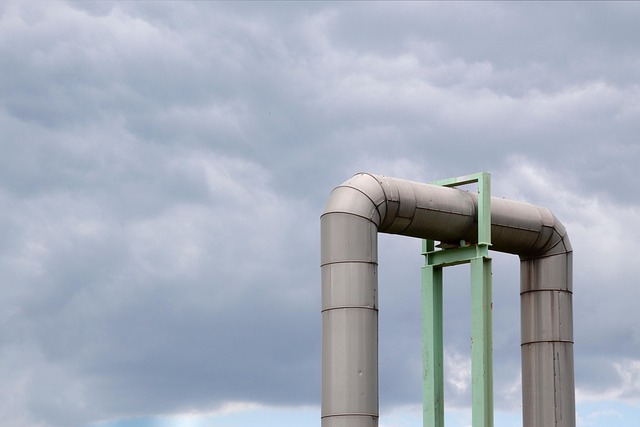
Home automation systems have become increasingly popular as people seek to create smarter and more efficient living spaces. At the heart of these systems are various protocols and standards that enable different devices to communicate and work together seamlessly. Some of the most common protocols include Zigbee, Z-Wave, Wi-Fi, Bluetooth, and Insteon, each with its own advantages and use cases. These technologies facilitate the control and monitoring of numerous home appliances, including lighting, security systems, thermostats, and yes, even ceiling-mounted destratification fans.
By integrating destratification fans with these home automation systems, users can enjoy enhanced thermal stratification and improved air circulation. This technology allows for precise temperature control, enabling the efficient redistribution of warm or cool air throughout a space. Whether in commercial applications like offices or industrial cooling environments, or even in residential settings, smart destratification fans offer significant energy savings and boost HVAC efficiency. Air mixing technology, when combined with these automation systems, ensures optimal comfort while reducing energy consumption, making them a practical and sustainable choice for modern homes.
Advantages of Linking Destratification Fans with Home Automation: Enhanced Control and Efficiency

Linking destratification fans with home automation systems offers significant advantages in terms of enhanced control and efficiency. By integrating these fans into a smart home setup, users can enjoy precise temperature control, enabling them to tailor the environment according to their preferences. This level of customization not only provides comfort but also contributes to energy savings. Smart automation allows for automated adjustments based on occupancy and weather conditions, ensuring optimal HVAC efficiency without wasting energy.
The benefits extend beyond individual homes; this technology is equally valuable in commercial applications like offices, retail spaces, and industrial settings. Air circulation and warm air redistribution by ceiling-mounted fans equipped with advanced air mixing technology can significantly improve indoor air quality, eliminating hot spots and cold zones. This results in a more comfortable working environment, increased productivity, and reduced operational costs, making it an essential consideration for modern building management strategies.
Future Prospects: Trends Shaping the Smart Home Market with Focus on Destratification Fan Integration
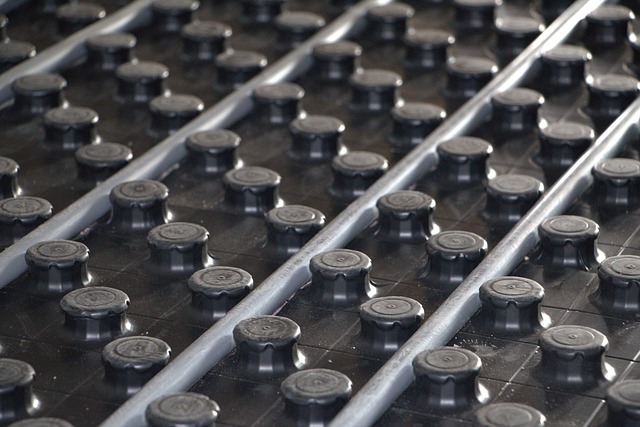
As the smart home market continues to evolve, integration of destratification fans is emerging as a key trend, opening up new possibilities for enhanced comfort and energy efficiency. With advancements in technology, these fans are becoming increasingly sophisticated, offering not just improved air circulation but also precise temperature control. This shift towards smarter, more connected solutions is driven by the growing demand for sustainable and cost-effective HVAC systems.
The future looks bright for destratification fan integration, with potential applications extending beyond residential settings to commercial and industrial cooling. Air mixing technology, when combined with ceiling-mounted fans, can significantly reduce thermal stratification, resulting in substantial energy savings. This trend is poised to revolutionize the way we approach indoor climate control, ensuring optimal air distribution and comfort across various environments, from bustling homes to vibrant industrial spaces.
Smart destratification fans represent a promising evolution in home automation, offering enhanced control and energy efficiency. By seamlessly integrating with existing home systems via IoT protocols, these fans provide optimal air circulation and temperature regulation, contributing to comfortable and sustainable living spaces. As the smart home market continues to grow, the integration of destratification fans will likely become more prevalent, further improving our daily lives and environmental control.
